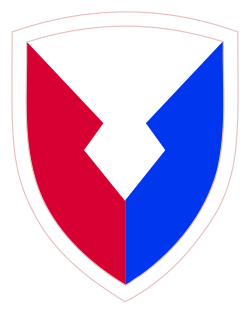| 406th Army Field Support Brigade | |
|---|---|
 406th Support Brigade Shoulder Sleeve Insignia | |
| Active | 16 October 2007 - present |
| Country | United States |
| Branch | US Army |
| Type | Support brigade |
| Role | Support |
| Size | Brigade |
| Garrison/HQ | Ft. Bragg, NC |
| Motto(s) | Steadfast Support |
| Commanders | |
| Current commander | COL ALBERT W. DAVIS |
| Command Sergeant Major | CSM TOMMY P. FITZWATER |
| Insignia | |
| Identification symbol |  Former SSI 2007-2010 |
| Identification symbol |  Distinctive Unit Insignia |
The 406th Support Brigade is an Army Field Support Brigade of the United States Army. [1]
Contents
The AFSB conducted contingency operations supporting Operation Unified Response humanitarian assistance to Haiti in 2010, hurricane damage support to Fort Bragg, North Carolina in 2011, assistance in support of Hurricane Sandy in 2012, Ebola pandemic mission support to Africa on Operation Unified Assistance in 2015, and relief to flood-stricken Fort Jackson, South Carolina in 2015.